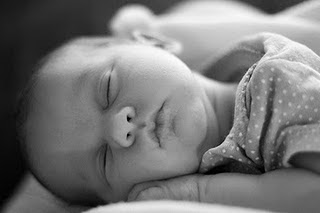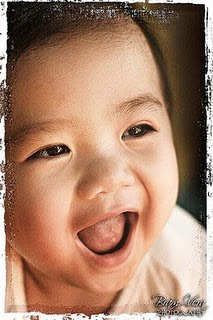In honor of the one-year anniversary of Modern School, I'm reposting some of my favorite articles from the past year. The following is a fun quiz that brings up some interesting questions about gender, sexuality and our assumptions and biases. Try the quiz and then read Are Girls and Boys Really All That Different (Part II), which I'll repost tomorrow.
Can You Tell The Difference Between Boys and Girls?
Chances are you can’t tell the difference between baby boys and baby girls, especially if they are wearing gender neutral or ambiguous clothing. My students take the following test at the beginning of our genetics and reproduction unit.It's a fun way to introduce the subject and tie it into bigger social issues.
Test your gender IQ. Take the Baby X Test below.
Directions
Get out some scratch paper and record the number of the image
Record your answer (male or female)
Answers are given at the end of the test
 |
| Baby #1 (Image by Sean Drelinger) |
 |
| Baby#2 (Image by Peasap) |
 |
| Baby #3 (Image by MiriamBJDolls) |
 |
| Baby #4 (Image by Wesley Oostvogels) |
 |
| Baby #5 (Image by massdistraction) |
 |
| Baby #6 (Image by hexodus) |
 |
| Baby #7 (Image by Bram and Vera) |
 |
| Baby #8 (Image by Mehregan Javanmard) |
 |
| Baby #9 (Image by Badruddeen) |
 |
| Baby #10 (Image by almoko) |
Scroll down to see the correct answers
Answers
Baby #1 = female; Baby #2 = female; Baby #3 = male; Baby #4 = male; Baby #5 = female; Baby #6 = male; Baby #7 = female; Baby #8 = male; Baby #9 = male; Baby #10 = female.
Analysis
Most people score somewhere near 50% on similar tests. The reason is that babies have not yet developed any secondary sexual characteristics (e.g., facial hair, breasts) and, without any gender-identifying cues (e.g., pink or blue clothing; bows or ribbons), a baby’s gender is not obvious (without taking of the diaper, of course). Yet babies start to pick up gender cues almost immediately. Adults often treat babies differently depending on their gender (e.g., tone of voice, types of play). The babies observe their surroundings, how other children and grown ups dress and behave, advertisements, television. Our assumptions and prejudices influence how our children develop their own gender identities, but so does their environment and society .
See Comments Thread at Democratic Underground
Coming Soon: Are Girls and Boys Really All That Different (Part II)?
What are the implications of our assumptions and prejudices around gender?
No comments:
Post a Comment